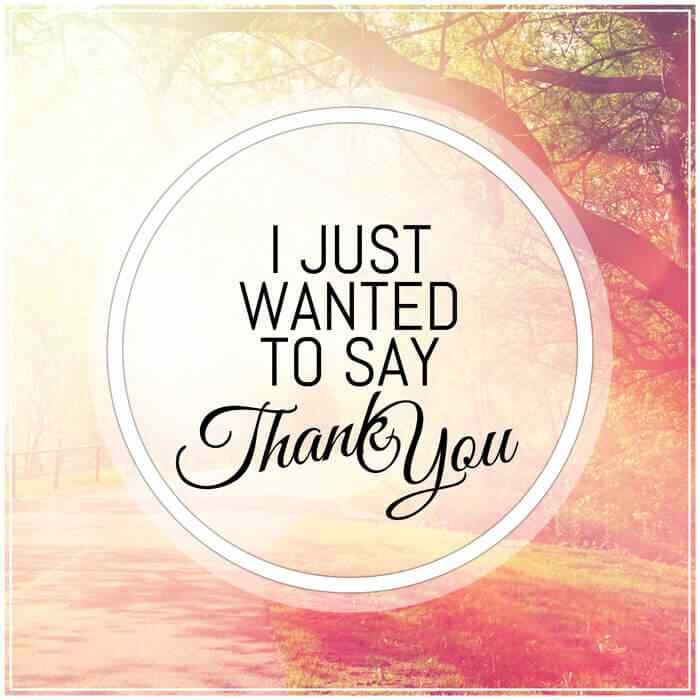Good manners are an important part of the job hunt.
Doing the right thing at the right time will help you get the right job. Failing to do the right thing may well result in your being eliminated along the way, or rejected.

Final selection of the winner from among a group of equally-qualified candidates is most often made on "feel," on "fit," and on "how they will get along here."
Well-mannered people who communicate by their actions, their knowledge of what to do and how to handle social situations, have a major advantage over others who fail to demonstrate such knowledge.
Here, you will learn some of the right techniques to display good manners in the job hunt... and the correct methods for implementing those techniques.
Thanking People in Your Life
Thanking people is probably the most important factor in the category of good manners. Everyone likes to be thanked.
But usually, job hunters and job applicants are so focused on their own problems, strategies, tactics and activities that they fail to apply good manners as a strategy throughout the job search process.
They are the most important factor. Focusing on the other person and treating that person with courtesy, manners and thoughtfulness will do wonders for increasing the opportunities for success in your job hunt.
Job applicants should follow through after an interview. The first step in that follow through procedure is to thank the person who interviewed you.
Sequence of Typical Job Hunting Situation
The usual sequence of a job hunting situation:
- You receive an interview.
- The employer may follow up with a letter or phone call.
- If you have been successful, you are probably asked for a second interview.
- An advertisement appears, or you hear of an opening.
- You make a phone call to the organization.
- You submit a resume, cover letter and possibly examples of your work.
- You receive an interview appointment (or a rejection).
You have little or nothing to say about its outcome! That means that results will happen without your having anything to say about how things turn out.
That friends, is where good manners count most. They will provide you with that "extra something" so that you will have a major impact on the outcome ... and on making that outcome the one you want!
How do you do that? It's easy! At the appropriate times, you should respond to an employer's kindness with thank-you notes or cards.
What are the appropriate times? They might be situations such as these:
- After the initial phone call to employers, thank them for their kindness and information.
- After the interview, thank them for their time, tour, information, etc.
- After a job offer, thank the initial interviewer and the manager of the department in which you will work.
- After a rejection, thank them for whatever you can ... something which was positive and helpful for you in their interview and consideration process.
Send Thank-You Notes or Cards
There are many good reasons to send thank-you notes. Among them:
- You'll feel good when you do.
- The recipient will feel even better than you do.
- It's good manners to do so.
- The recipient will be reminded of you, will think better of you, and will subconsciously be aware of the fact that you "know what to do in social situations."
Thank-you notes or cards are the easiest, most inexpensive way to do this.
Choosing Notes, Cards or Stationery-Size, Style And Color
You will find cards in the stores with "Thank-you" printed, engraved or embossed thereon.
You'll see other note cards which are plain. Some have borders, some do not. You'll discover that a wide variety of colors is available.
Choose a conservative style, not a loud, wild, or unusual one. Stay away from patterns, illustrations, or trendy designs.
Thank-you notes or plain notes are usually smaller than personal-size stationery and much smaller than business stationery.
Should you use the personalized stationery which you already own? Probably not. For this special occasion, use something special, something better than ordinary paper which is used for ordinary correspondence. If, however, you happen to have fine quality paper with superior printing or engraving, and if you know about things like this because of your background, go right ahead and use them. If they are not "the best," however, buy something more distinctive and appropriate.
Choose a plain color, such as white, off-white, cream, ivory, or very light gray. Don't select dark or pastel colors since these are not considered businesslike.
Write your message, a short one, on the bottom part of the inside panel, the one on the bottom after you open the card. If you must, or if your writing is large, you may start at the top, and then write on both the top and bottom panels. Do not continue onto the back side.
Do I Write? or Print? or Type?
Thank-you notes, cards and other personal styles of correspondence should be personally written. If your handwriting is good, use it.
How do you know if your writing is good enough? If people occasionally compliment you on your handwriting, it is probably good enough; if they do not, be cautious about writing by hand.
If it isn't good, you have a decision to make. The next best thing, then, for you to do is to print your thank-you. If both your handwriting and your printing are terrible, you should type it.
But don't type on the notes we've been discussing. Save your typing for business-size stationery (8-1/2" x 11").
